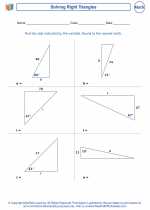The Pythagorean Theorem -> quantity
Quantity in Mathematics
In mathematics, quantity refers to the amount or number of something. It is a fundamental concept that is used to describe and compare objects, measurements, and data in various mathematical contexts.
Types of Quantities
There are two main types of quantities in mathematics: discrete and continuous.
- Discrete Quantity: Discrete quantities are countable and take on distinct, separate values. Examples include the number of students in a classroom, the number of books on a shelf, or the number of marbles in a jar.
- Continuous Quantity: Continuous quantities can take on any value within a given range. They are typically measured and represented using real numbers. Examples include the height of a person, the weight of an object, or the temperature of a room.
Units of Measurement
Quantities are often measured using units, which provide a standard for comparison and communication. Common units of measurement include meters, kilograms, liters, seconds, and many others, depending on the specific quantity being measured.
Study Guide: Understanding Quantity
Here are some key concepts and topics to focus on when studying quantity in mathematics:
- Understanding the difference between discrete and continuous quantities.
- Practice converting between different units of measurement for various quantities (e.g., converting meters to centimeters, or kilograms to grams).
- Explore real-world examples of quantities and how they are measured and compared.
- Learn to perform basic operations (addition, subtraction, multiplication, division) with quantities and units of measurement.
- Practice solving word problems that involve quantities and measurements.
By mastering the concept of quantity and its applications, you will develop a strong foundation for further studies in mathematics and related fields.
.◂Math Worksheets and Study Guides Seventh Grade. The Pythagorean Theorem
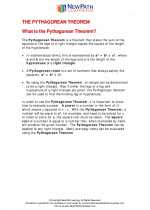
 Study Guide
Study Guide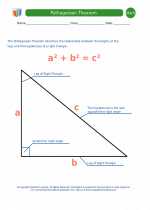
 Worksheet/Answer key
Worksheet/Answer key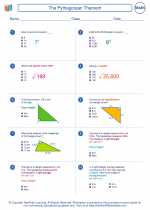
 Worksheet/Answer key
Worksheet/Answer key
 Worksheet/Answer key
Worksheet/Answer key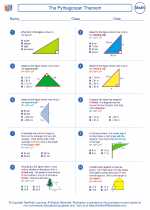
 Worksheet/Answer key
Worksheet/Answer key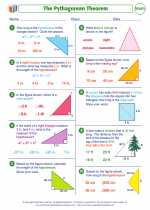
 Worksheet/Answer key
Worksheet/Answer key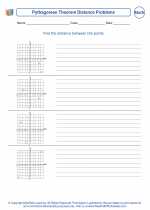
 Worksheet/Answer key
Worksheet/Answer key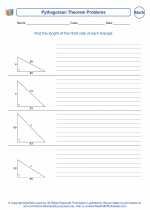
 Worksheet/Answer key
Worksheet/Answer key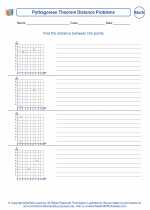
 Worksheet/Answer key
Worksheet/Answer key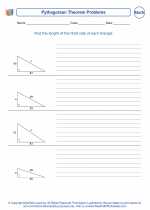
 Worksheet/Answer key
Worksheet/Answer key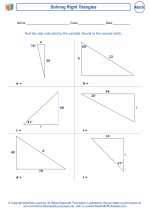
 Worksheet/Answer key
Worksheet/Answer key